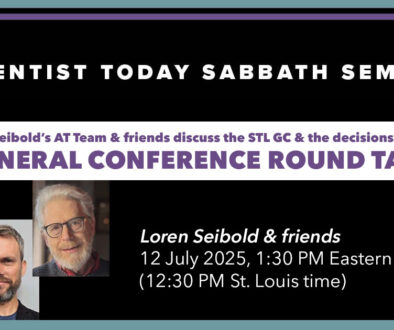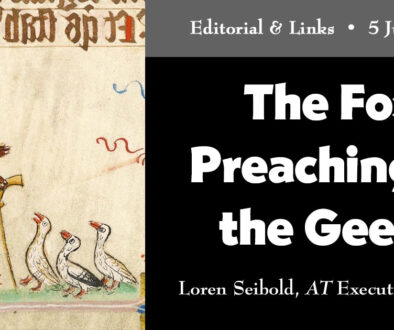Secular Cities and Urban Missions – An Introduction
Stefani Leeper | 29 June 2020 |
Betel Church, Norway’s longest-standing Seventh-day Adventist church since 1885, is finding new ways to reach the ever-secularizing city of Oslo. While still functioning as a place of worship, the church simultaneously houses a center of influence in which migrants can study and practice Norwegian, community members learn how to cook, and young adults gather for Saturday night mocktails, games, and conversations.
Betel’s setup may sound familiar, especially if you recently read about the Capitol Hill Seventh-day Adventist Church’s new Counseling and Resource Center, EPIC Adventist Church, or Serbia’s student-led UNZIP initiative.
Centers of influence are popping up literally everywhere, but what exactly are they?
Would you be surprised to discover that these centers of influence actually aren’t tangible organizations, acting like a chain of IHOPS that all serve from the same menu? In fact, centers of influence, also known as Life Hope Centers, aren’t facilities.
Rather, they are a concept implemented in the ways necessary to reach the urban community they’re intended to serve.
According to Adventist Mission, this concept “comes from Ellen White, who had a vision to ‘establish in all our cities small plants which shall be centers of influence’ (Testimonies for the Church, vol. 7, p. 115.). These holistic ministry centers connect the church with the needs of urban communities, follow Christ’s method of ministry in sharing God’s love, and provide a springboard for starting new groups of believers.”
At its core, a center of influence is urban evangelism in action.
“But the word ‘center’ implies a location,” you say.
Hold on, I’m getting there.
Life Hope Centers can be a rented space in a mall, a church hall, someone’s living room, and even taxis! If the location caters to reaching the urban community, it fits the bill.
And that brings us back to the Betel Seventh-day Adventist Church. Beth Martin, a student at Oslo University who helps lead the church’s Center, explains that although the meeting location is inside the church building, passers-by become part of the regular crowd. “You can see straight into the meeting rooms from the pavement outside. Passers-by saw what we were doing, asked to come in—and then wanted to know when the next event would be.” (Hulbert, “New Centre of Influence Dedicated in Norway.”)
In fact, although service attendance dwindles, Center attendance swells, and it finds itself seeking more volunteers to oversee and lead its activities.
Life Hope Centers have become a renewed model of ministering as Jesus did: By going to the people.
If you would like to learn more about Life Hope Centers, visit https://am.adventistmission.org/360-centers, or check out https://missiontothecities.org/life-hope-centers to read more cool stories.
To learn more about Betel Church and its center of influence, visit https://betel.adventistkirken.no/ and https://ted.adventist.org/news/1645-new-centre-of-in-uence-dedicated-in-norway#disqus_thread.




